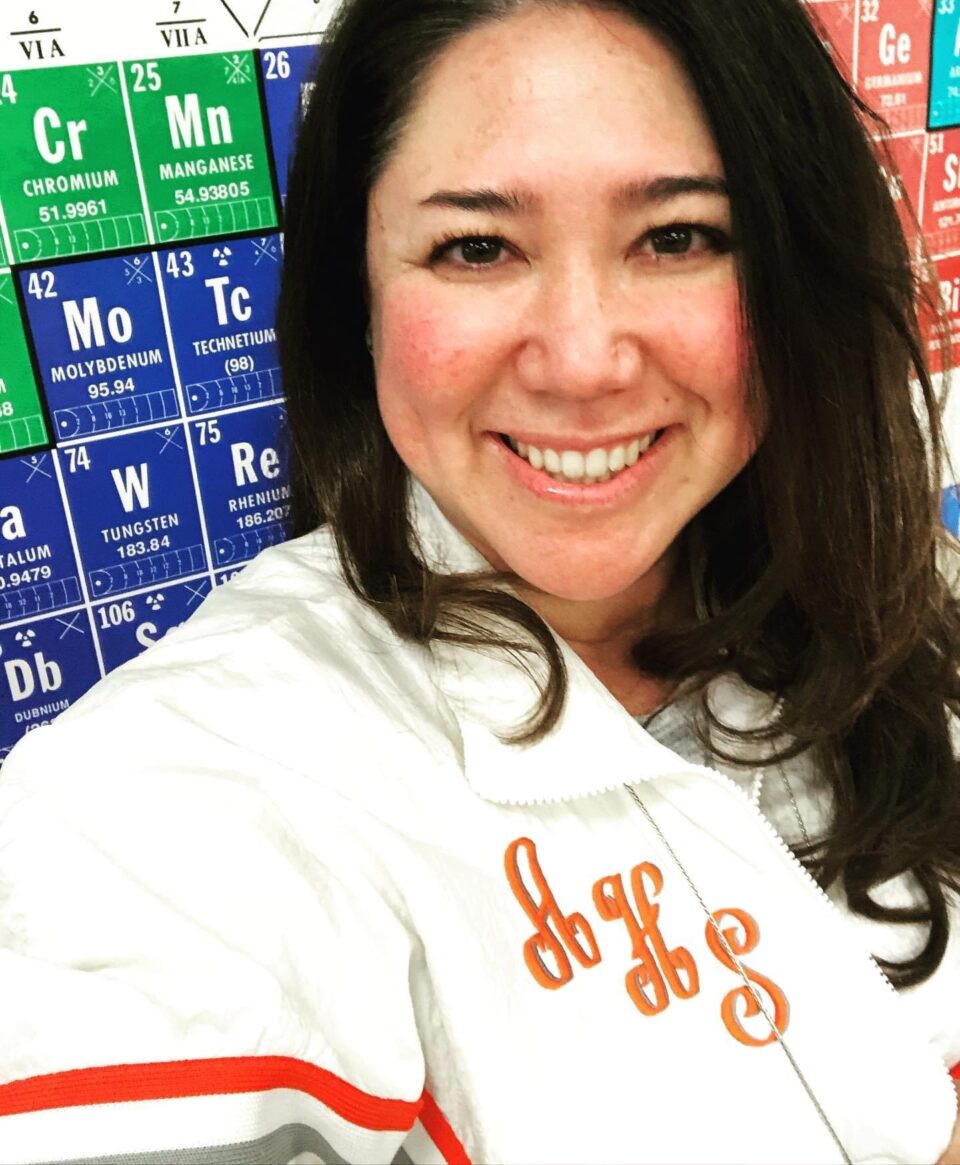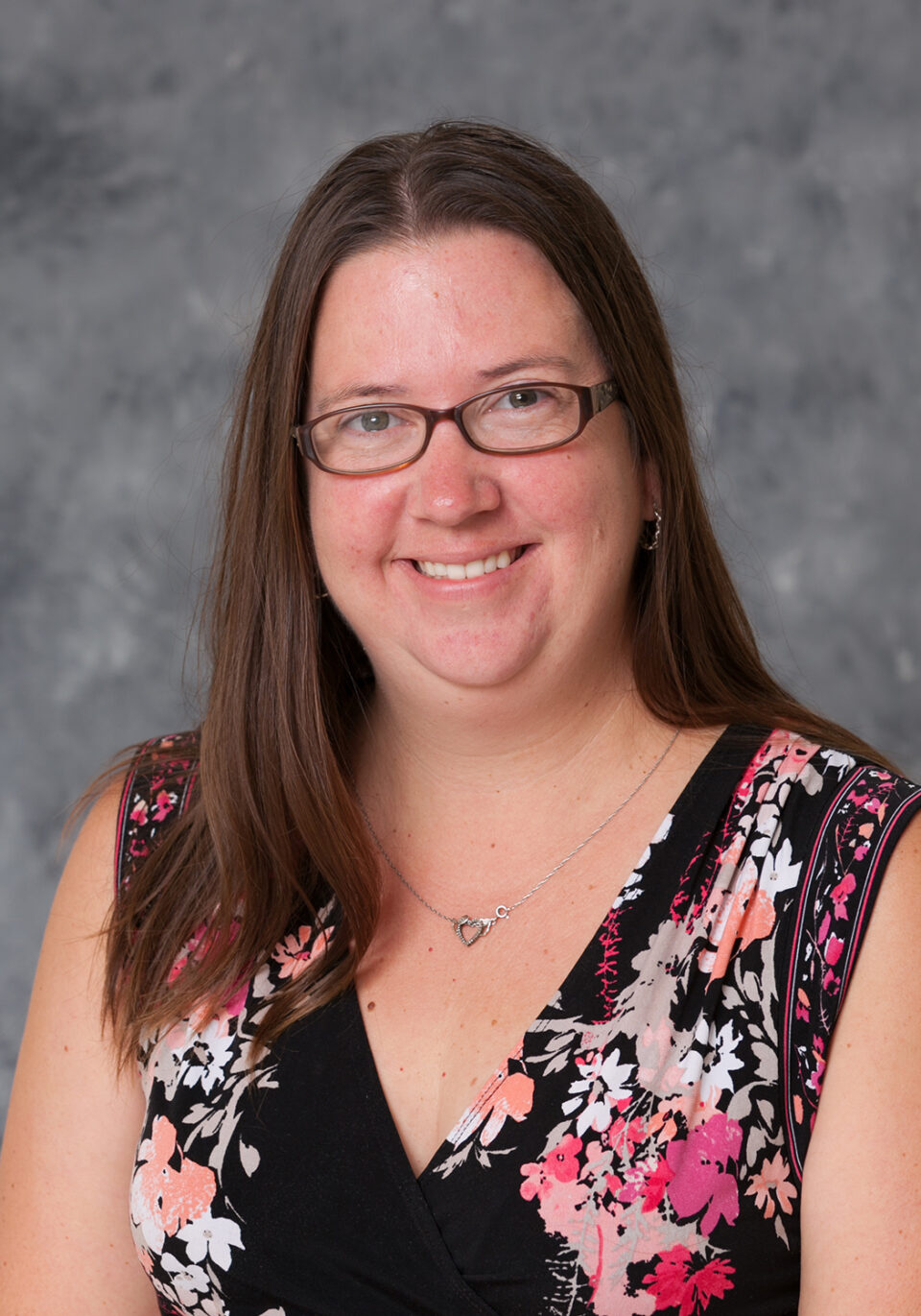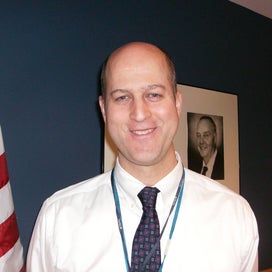SN Learning Teacher Testimonials
Hear how current Science News Learning teachers are using the program resources in their classrooms by reading our testimonials page!
Hear how current Science News Learning teachers are using the program resources in their classrooms by reading our testimonials page!

“We are using Science News as our informational text to develop comprehension skills, build critical content knowledge and vocabulary, and apply higher-order thinking skills. Many of our students are using this resource to come up with ideas for doing a science fair.”

“Science News in High Schools is a wonderful program for our research students who use it to generate ideas for their own projects. What surprised me is that it is also a great resource for our students with low reading levels and academic challenges. These students like the unique topics and presentation style and this encourages them to seek more information about the ideas and concepts being discussed. This resource is truly a usable classroom tool for science at any level.”

“The access to high-level and academically rigorous Science News for our students brings science alive and propels students’ interests and enthusiasm. In our modern-day world, it is so critical to ensure people have access to peer-reviewed information sources.”

“We have used the Science News in High Schools articles and activities in the magazine to build our students’ science literacy and information literacy skills. Having such a high quality resource makes a big difference in teaching these important concepts.”

“Science News has been so beneficial for my students. For every topic we cover in class, we find an article (or 2) to read and discuss. The students are getting current news and information on the topics and that leads to more interest for some. I love it!!!!”

“The ability to introduce my students to accurate science content reading in an engaging format has been invaluable. We have been able to improve their science discernment and critical thinking skills. The opportunity to discuss articles in small groups or large class settings has really encouraged some students to open up and shine.”

“We use the Science News in High Schools program in both our biology and science research classes. We are provided timely news as well as articles that help our students understand science in unique and practical ways that encourage student involvement and discussion.”

“I appreciate that Science News articles focus on current news, and shed light on the work of a diverse range of scientists. This magazine has been useful to my department, as we keep reflecting on ways that our curriculum can connect with current scientific research. Our students have enjoyed reading the hard copies and looking at the companion Science News website.”

“Science News has broadened the horizon of many students over the years we have received the magazine and allows students to delve into material that suits their interests as well as correlate and supplement class curriculum.”

“My students use Science News to summarize and analyze current news related to topics we are learning about in class. They also have an example of unbiased science news reporting and can evaluate the reliability of not only the science news staff but also the original scientists who did the work. Science News lesson plans also make great remote-learning supplements, and emergency sub plans.”

“Convincing students to read for joy is a challenge but Science News makes this challenge much easier. The students enjoy the topics and captivating images in the magazine. It is not uncommon for a student to read an article in Science News and it sparks an interest in them, then they go and seek out more information on their own.”

“Science News makes it so easy to find research that is applicable to what we are studying and presents the research in a way that is accessible to my students. I use the online database quite frequently and also have many students who love reading the physical magazines. Some of them constantly check to see when I have a new issue so that they can read about the things that are going on in the scientific community. I believe that giving students access to this kind of material helps make learning about science more meaningful and impactful for them. It even helps inspire some of them to eventually pursue STEM careers and do research themselves!”

“With Science News, our students gain a greater insight into science, its applications, and adds a human touch often to what we are learning in class. I greatly enjoy having recent data for students to analyze and see new research that is currently being done by modern scientists. Science News adds an extra level of critical thinking and enrichment that students appreciate and gets them even more excited for science.”

“I have my students reading Science News regularly. I have been impressed by how well the students have been able to gain interest in diverse topics from the experience of choosing their own reading materials. Students in all three of my preps have found interesting relevant articles to read and enjoy.”

“Science News in High Schools is a one of a kind resource that is so helpful to the science team at Carver Academy. We use this as a resource for our classes to analyze and interpret data, and to keep up with the latest developments and discoveries in science. We have some upper level students who have curiosities in science, and they look forward to new issues arriving so that they can browse the latest findings and research. We also use this resource for “reluctant learners”, to connect science in the classroom with the real world.”

“My students and I look forward to every issue of Science News. It is a perfect fit for our Integrated Science curriculum. Each issue offers content in astronomy, biology, chemistry, ecology, geology, meteorology, oceanography and/or physics which we can either briefly peruse or dive into a deep exploration of. Most of our students also have had limited and/or negative experiences with science and school in general so this is one way to pique their interest and give them a science voice.”

“Science News is a valuable resource in my classroom. The articles spark student interest in topics we do not specifically cover in class or give a real world context to what we are learning.”

“Science News is used by faculty in our entire department. This impacts 100’s of students. I personally enjoy having the opportunity to keep up-to-date on current developments in science. The scope of the magazine allows me access to articles and topics outside of my normal curriculum.”

“Science News helps to bring alive concepts that we are studying in class and allows students to see the real world applications of what they are learning. In addition to using the Science News articles in the classroom, I have put the periodicals on bulletin boards and in prep areas so that anyone in the school can read them.”

“We have been using Science News in High Schools in all our STEM classes to build literacy in our students, helping them bridge the gap created by the pandemic. Science News has quickly become something that my students in Biology have come to look forward to, as it nearly always launches our classroom discussion toward better understanding of the contemporary research and issues we face as a nation and global community. I have seen several students this year who have asked to have a copy of our magazine after my classes are finished reading it and they have shared that they found some interesting articles that are making them rethink possible career paths – a major win for STEM.”

“Science News provides articles to my students about current scientific research in a form they are able to read and understand. I’m always amazed at the number of times a new issue comes out with an article relevant to the topic we are currently covering- it’s a wonderful addition to the curriculum to have students reading and writing about current evidence in the different fields of study.”

“This valuable resource provides students with up-to-date science information, while its educator resources offer fully developed lesson plans that are aligned with the Next Generation Science Standards (NGSS). These lessons are engaging, challenging and on track with our curriculum.”

The pandemic has made me a more efficient remote teacher as I have had the opportunity to find innovative ways to engage my high school students. One of the resources I find extremely engaging and informative is Science News, the articles are not just well written but also student and teacher friendly. I pride myself on being a teacher who is always on the lookout for material that supplements my learning objectives. Science News, print as well as digital versions have been a great teaching and assessing tool this semester.

“While science is ever changing and articles are produced everyday, it can be difficult to find articles on level with the students so that they can keep up with these advances. Science News has been a tremendous help in that they have current information written in a way for my students to be able to follow along. While I appreciate that many of the laws discussed in science classes have been established for many years, I feel that this connection to the modern day is essential in making truly science literate citizens and you are making that possible for us.”

“Science News is convenient because it comes out every two weeks and gives students something to look forward to. They see something on the news and then very shortly they’ll see an article in Science News and they get the science behind it, not just how media portrays it and not just what they heard on Facebook or some social media. It really authenticizes what they’re doing.”

“Science News helps me tie in course material with relevant and current examples. Our textbooks are bulky and outdated, and the Educator Guides and print magazine help me save time trying to find ways to pique students’ interest in science.”

“I absolutely love the articles that have multiple reading levels! Many of our struggling readers are encouraged when their readings are the ‘same’ as everyone else’s, albeit on a lower reading level.”

“Every Wednesday we use Science News in both of my science classes (Biology and Chemistry). We are 100% online learning, and I have to email my students articles from the journals. I let them select two articles to read and report out to the class about what they read and how it impacts their lives. They seem to enjoy most of the articles that they select. It’s a win win for both myself and my students, because they get to read about what they see on TV some times.”

“I use the classroom resources weekly and they have been a big part of our remote learning program. We are a small rural school in an area with a poverty rate of 60%. Your contribution to our classroom has helped make science more accessible to students in a community where science literacy is desperately needed. The classroom resources are very well organized and remote learning friendly. The articles are engaging and students enjoy the lessons. They have made my job much easier.”

“My students enjoy using the Science News resources, and I feel that it is particularly important in this time for them to know that good, sound science is being done. The SNHS staff has been great this year about providing resources that can be used in the remote environment. About 1/3 of my students are fully online and another 2/3 are in a hybrid set-up where they come twice a week. With this challenging set-up, the resources available have been very helpful to reach the diversity of students.”

“I use Science News extensively with my 9th graders, who give weekly presentations on “Science in the Media”. The subscription has been a great tool so that students can access current information about scientific discoveries, without needing an internet connection. I also share a few copies around the school in the teachers lounge to help keep my colleagues informed about interesting scientific developments.”

“The information found in Science News is cutting edge and covers a wide range of topics that students (and staff) find interesting and engaging. Our school has a large population of at-risk students, and many of them have little (or no) reading materials outside of school. It is so nice to be able to set the hard copies out for students who want to take them home. I keep a bookshelf full of old and new issues, and I think every student can find a topic that resonates with them in some way.”

“We love getting the issues of Science News at school. The magazines are used in a variety of ways; sometimes a particular passage is chosen because it matches the curriculum in the classroom, other times students are allowed free choice on their reading and pair up with someone whom read the same article to share what they learned or thought, sometimes students do a ‘show and tell’ with others that did not read their article in an exchange of information. There are such a fantastic assortment of articles to peak the interest of a variety of students and there are articles of varying length/vocabulary level so that everyone can participate! Science News discussions are some of the students most memorable activities from the year!”

“My students are struggling readers and by practicing with Science News they are able to build their reading skills as well as gain information about current events in the STEM areas. It has been beneficial in building their confidence to participate more actively in their science classes, as well as sparked interest in career areas they had not previously considered.”

“It is so amazing that the students have an opportunity to read reliable and current science information and use that information to supplement their learning on the topics in the classroom. The students love that they can always find something that interests them in Science News. The articles are helping students to develop a passion for science and learn the relevance in their daily lives.”

“Getting copies of Science News definitely helps my students see not only what the latest research is but also helps them figure out what research topic they want to investigate. My other students also enjoy looking through the magazines. Additionally, I save the news articles and try to connect them to whatever topics we are discussing in class. Finally, I also share the articles with fellow coworkers.”

“Science News is an important part of a student’s journey as they embark on discovering questions which interest them. Students often feel overwhelmed by the volume of information available on the web and many scientific articles are too advanced for high school students. Science News translates the latest developments in science for a teenage audience, and I love there are digital activities linked with them.”

“As the librarian, I distribute the issues to multiple departments, not just the Sciences – each discipline can find something interesting to share with their students. Now that we are fully remote until the new year, having the engaging articles and inspiring stories to share has hooked more of our teachers. Each of our 10 copies is snatched up right away!”

“We have received magazines for the past few years and students continue to enjoy the information within them. I have students complete a project called “This Month in Science” where they read, summarize, and reflect on articles from the magazine. I believe it is crucial in this age of misinformation for students to be able to have easy access to valid science news.”

“We have a research STEM magnet at our school, and Science News is one of the students’ primary resources for finding project ideas. Moreover, the lexile level and engaging writing style make current topics in science much more approachable to all students and teachers.”

“Both the digital and hard copy is used by several teachers in the building. The Special Education Teachers utilize the hard copy the most. It is difficult for the teacher to have current science topics to use as lessons. SNHS fills that void.”

“We use Science News almost daily as our opener in classes, to see what the current research is in all fields of STEM. Students choose what is most interesting to them, and we can quickly get the gist of what new discoveries are being made that often will affect their lives and future.”

“I am able to use the magazines, articles and website to bring cutting edge science and technology to my students. We use the articles to learn more about what is happening in the world of science and as a springboard to brainstorm ideas to investigate for our school science fair research. Science News truly is an invaluable tool.”

“We share your magazines with several other classrooms, the content is relevant, articles are concise and the enjoyment of Science News is obvious in the faces of the hundreds of students over the years on whom your sponsorship of Science News has had a tremendous positive impact!”

“Teaching has definitely changed and having access to these amazing, short, science articles in paper (for traditional) and virtual (for my blended students) has been awesome.”

“We may live in a digital world, but today’s youth can’t turn down a hands on copy of a magazine with beautifully colored pictures…I wish you could be here to see how excited they get on the days that I meet them at the door and hand them a magazine.”

“Science News magazine is a big hit with my students who are curious and eager to learn about current topics in science.”

“I use Science News in High Schools often in my classroom because of the highly relevant and readable content. Science News is a wonderful resource.”